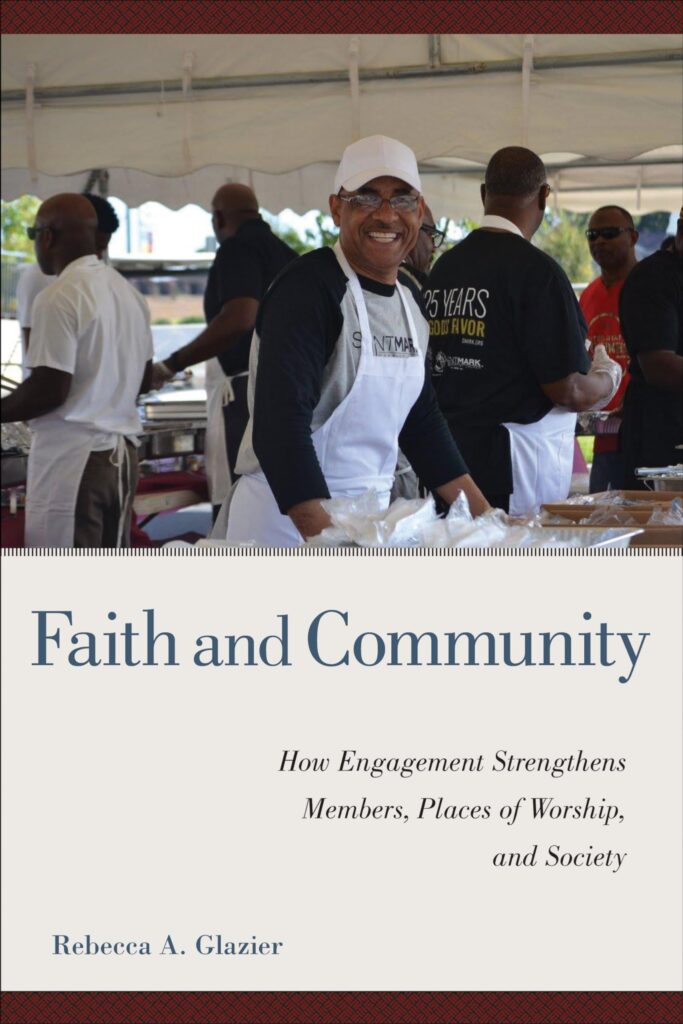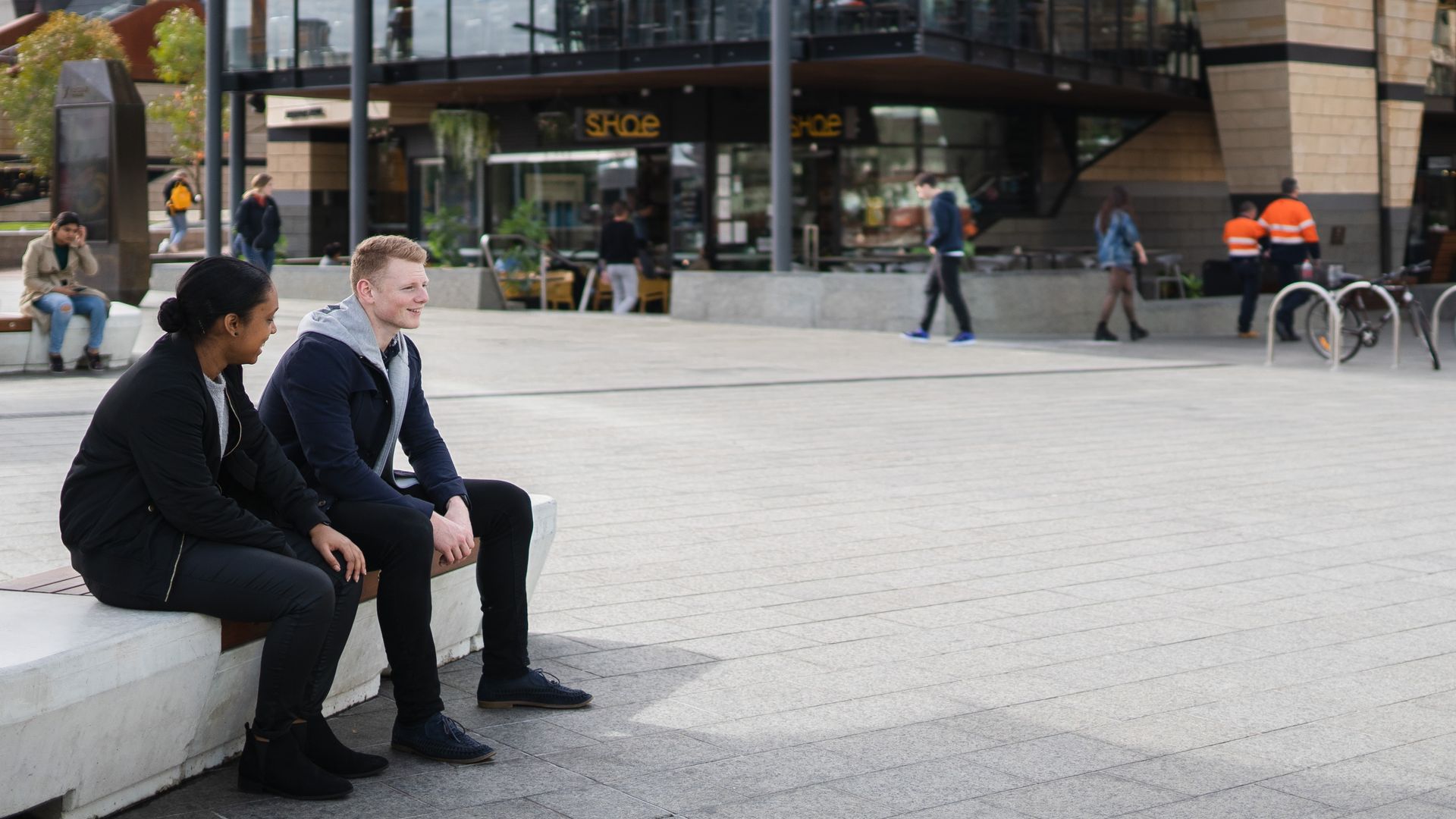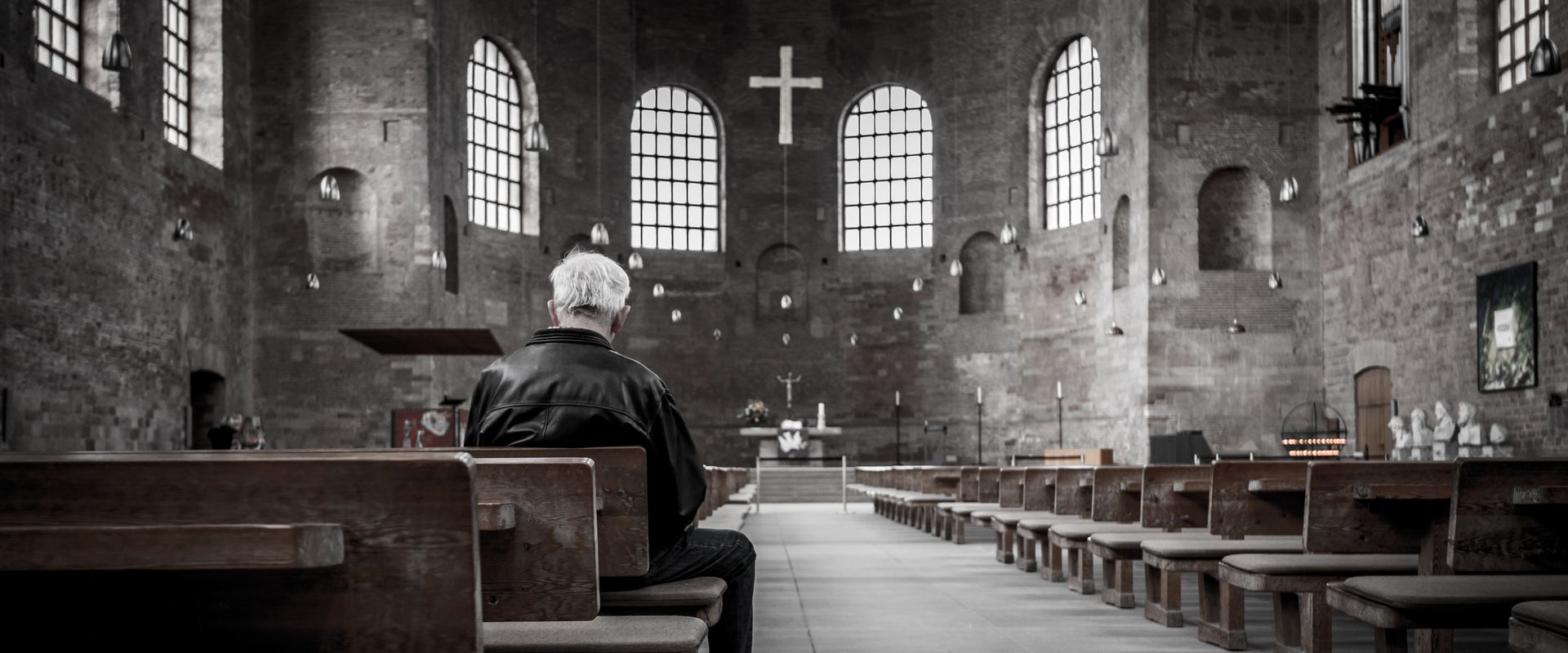
What do you want to get involved in?
How would you like to see your congregation engaging in the issue you care about?
Would you be willing to volunteer to help if your congregation engaged on said issue?
These are the types of questions that unlocked a world of knowledge — and a treasure trove of hope — for professor Rebecca Glazier and a decade’s worth of her political science students at the University of Arkansas at Little Rock. Through her long-term, community-engaged research project called Little Rock Congregations Study, Glazier’s research results now testify to a truth captured in the title of her new book, Faith and Community: How Engagement Strengthens Members, Places of Worship, and Society.
Earlier this month, Glazier spoke with Common Good about the power of community engagement to mobilize young people, enhance church life, and push back against political polarization.
How can community engagement be part of the solution for challenges that places of worship are facing, whether it be declining attendance or social divisions?
As a political science professor, which is my main field, I teach about and study a lot about this. And it turns out that there’s a lot of this partisan hostility — which I’m sure even people who are not political science professors know about — and geographical sorting in America today. So, what this looks like is that we just don’t really like people from the other political party and we don’t spend a lot of time with them in our daily lives. This makes it easy for us to think of them as immoral and uninformed terrible human beings because we never interact with them.
But when we get out into the community, we come into contact with people who are different from us. When we work and serve alongside them, it makes it a lot harder to hold on to those stereotypes. And so I think one of the great findings of the book is how community engagement strengthens congregations. It makes them warmer places. People [in those congregations] say they want to invite others to their place of worship. They say it feels like a family.
That comes from looking outside yourself and serving others. Even within a congregation, if there are people who may believe differently from one another, it’s really hard to say that someone is immoral or a bad person if you spend a few hours together handing out food to the hungry. Those stereotypes go away really quickly when you’re helping, giving, and serving the community together.
You wrote that young people are eager to engage with community issues at their place of worship — they just need a project. If you were encouraging someone in how to begin a project that could engage young people, what would you point them to?
I would say it depends on the congregation and what matters to them. Our data across the board said that young people want to get engaged. We asked them about over a dozen community issues, including how important the issue is to them. We followed up by asking if they wanted to see their congregation engaged in the issues that matter to them. For some issues — for example, crime might matter to you, but you don’t see your place of worship as the place that should be handling crime. But maybe when it comes to race relations, for example, that was one where people said they wanted their place of worship to be doing something about it because they felt like the faith community had the tools to handle that.
And then we asked another follow-up question, which was, “Would you be willing to volunteer to help if your place of worship engaged on this issue?” That was the question where — it didn’t matter the issue, literally across the board except for maybe one or two questions — young people were statistically significantly more likely than any other group to say, “Yes, we want to get involved.”
So it doesn’t even matter the issue area. They just want to do something about it. We have a case study in the book from an evangelical congregation that has a 20-somethings group that got deeply involved in the neighborhood that’s near their church because one of the members worked at the elementary school that’s right there. So they had a personal connection. They host a picnic once a month and they play with the kids in the neighborhood. They go around door-to-door to visit the elderly people and hand out food.
At the mosque that is profiled in the book, the young people there have gotten involved in interfaith work and in trying to dispel myths about Islam and have connected in the community that way. So young people, really, they just want a project. The kinds of projects will depend upon what the people at the different places of worship are interested in what emerges from their culture, faith, neighborhood, and the needs around them.
Young people are eager to get involved almost no matter what the issue is. They just want to be out there.
The book acknowledges that there can be drawbacks to community engagement. What are some of those drawbacks and what does it look like to address them?
I think that choosing an issue can be one of the hardest things because so many issues feel political today. So when a congregation is getting started, there might be someone who feels passionately about helping unhoused people, but there might be someone else in the congregation who says, “Well, I’m a little hesitant to have unhoused people who might be struggling with addiction or mental illness here in our same worship space with children.”
So, that issue might get political quickly.
Clergy leaders are so important here because they can help guide members to make decisions about community engagement that are based on faith and not on politics. Again and again, that’s what we saw both in the statistics and in the conversations we had with leaders and with members — focusing on religion instead of on politics led to the most successful community efforts.
What does clergy helping guide congregants toward community engagement look like?
What feels authentic will depend on the culture of the congregation or the particular religious tradition. We saw a lot of clergy using scripture. For instance, to use the example that I was just drawing on about helping unhoused people, if a clergy leader felt like that was the right path for their congregation, they may look to “foxes have holes, and birds of the air have nests, but the Son of Man has nowhere to lay his head” (Matthew 8:20) or “as much as you’ve done it to the least of these you’ve done unto me” (Matthew 25:40). These and other scriptural references can help a faith leader bring people along by saying, “this is why this is something that our congregation needs to be doing.”
Our data also shows that people really trust their clergy leaders, so if they’re telling them that an issue is important to act upon, then usually people will say okay. Maybe they would come to that kind of determination through having small group discussions or maybe even through doing a survey — we did have congregations use our survey data. We would give reports to every congregation that participated about the issues that were important to the members, what their members wanted to get involved in, and what percentage of them said they would be willing to volunteer so that the congregations would have the data available.
So, for instance, we had a congregation that used that data and saw that their members cared deeply about race relations and health. So they decided to take some of their giving funds and endow a scholarship at the local medical school for minorities who are studying public health. So that’s how they use that data to kind of make that decision. So clergy might use survey research of their members or small group discussions, or maybe they’re going to just get together as a pastoral staff and have conversations about what is the best way forward. But as they made those decisions, we did see a lot of them drawing on scripture or drawing on their faith tradition to have those conversations with their members.
How does community engagement through church intersect congregants’ political lives?
If politics gets too much into a congregation it can lead to division. We saw that in the data when we measured something called ideological diversity, which just means a congregation has members of differing political beliefs. We could look at how many congregants say that they’re conservative and how many people say that they’re liberal. And it turns out that when you have political diversity among members who serve and worship together, that makes for a stronger congregation. You have warmer feelings and you have a greater sense of political efficacy. People feel like their voice matters and they can make a difference. You’ve got those people who are serving next to each other, who are seeing each other as real people.
We also asked clergy leaders, “is your congregation politically united or politically divided?” If they said their congregation was politically divided, that’s when we saw decreased levels of warmth, decreased attendance, and people not being engaged in the community. So those are two different things. Those are two different measures. You can have people from different ideological backgrounds worshiping together and it can be a very positive thing that strengthens a congregation.
But division is when politics is in the congregation, pulling people apart. They’re fighting about it. They feel like their political life is part of the church. They’re bringing their politics into church.
To have a healthy church, it’s good for your congregation to have diversity in beliefs, but it’s not good to have division and to have conflict about politics present in your congregation.
We’ve talked some about the importance of finding an issue that arises naturally from the community that you’re in — is there anything else that comes to mind in terms of starting steps to community engagement?
One of the things that I’ve heard as a hesitancy fairly often is a concern about a trade-off, especially with congregations that may be smaller, have older members, or have a declining attendance problem. Some leaders might say that they are already stretched too thin, and if they try to get everyone out to help with a neighborhood cleanup or Habitat for Humanity project, they won’t be left with enough people to set up chairs for the fish fry or volunteer at the Easter egg hunt.
I would just attempt to encourage them by saying that statistically, in the data, there is no trade-off. In fact, when you have congregations that have more community engagement, you see a positive feedback loop — you see more congregational service as well. You’re creating a culture of service when you encourage people to serve outside the congregation and get involved in the community. They tend to turn around and give to the congregation as well. Your members are bonding with each other and they’re creating a culture of service where they want to be together and develop an ethos of continuing to serve. So there’s no trade-off. There’s no downside to getting involved in the community. It’s only going to help your congregation.
What are one or two findings in your research that you consider especially important?
One thing that I would really encourage congregations to do — and which I am continually surprised doesn’t happen more often — is partnerships, both with other congregations and with non-profits. I think there’s so much opportunity here, and I think that sometimes there’s just a little bit of fear to work across congregational lines or to work with someone from a different faith tradition. There might be fear about members leaving or about working with someone whose beliefs are different.
Also, sometimes, especially if a congregation is investing a lot of resources to start a new project, they may want to have their name on it and get the credit for that. But I think there are so many opportunities to work together, maybe with someone who’s already started something. Congregations can contribute to that. The community and people in need can be better served if people would be willing to work together.
We’ve seen some great examples of that. There’s a homeless ministry in Little Rock called Family Promise. It serves families who are facing short-term homelessness. They are invited to sleep at local churches for two-week stints and congregants bring in meals for them. There are some congregations — maybe older ones that are shrinking that might have the space and then there are other congregations that might have the people who can help bring in the meals. We’ve seen great partnerships come together with the older, bigger churches that might have physical space and other congregations that might not have a big building but do have a lot of members who want to serve.
Many Common Good readers are church leaders whether vocationally or as volunteers. What else would you like to tell them?
The data in the book demonstrate the spiritual benefits of community engagement through statistics, numbers, and stories. When you serve and you’re in relationships with others, that shows up in your life in terms of a closer relationship with God, higher life satisfaction, and greater peace. That’s something that people know and experience, but it’s always cool to have data to back it up.
Also, there’s a free PDF discussion guide for congregations that accompanies the book. Since engagement doesn’t look the same for every place of worship, I think it’s worth the time for faith communities to talk about what’s best for their congregation and what issues their members value. The one-page discussion guide can lead them through the process of talking about it.
This interview has been edited for clarity and brevity. Faith and Community is available July 5, 2024, from Temple University Press.





